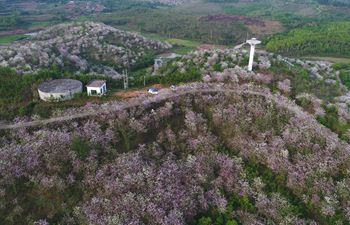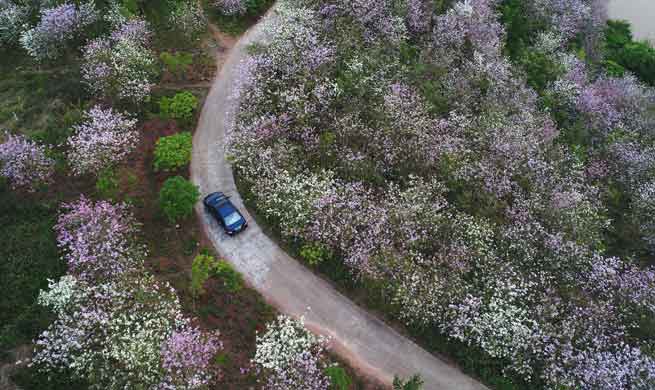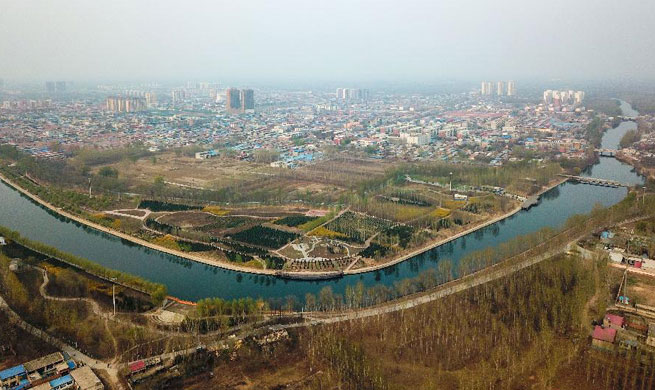LOS ANGELES, April 1 (Xinhua) -- The U.S. Strategic Command's Joint Force Space Component Command (JFSCC) confirmed that Tiangong-1, China's experimental space lab, re-entered the Earth's atmosphere over the southern Pacific Ocean at about 5:16 p.m. PST (0016 April 2 GMT) Sunday.
"The JFSCC used the Space Surveillance Network sensors and their orbital analysis system to confirm Tiangong-1's re-entry," U.S. Air Force officials wrote in a statement.
The re-entry of Tiangong-1 was tracked by the JFSCC, the U.S.-based analysis group Aerospace Corp., the European Space Agency and scientists around the world as part of a global space-debris tracking network.
"The JFSCC works alongside government, industry and international partners to track and report re-entries, to include today's Tiangong-1 re-entry, because the space domain is vital to our shared international security interests," JFSCC deputy commander Maj. Gen. Stephen Whiting, commander of the 14th Air Force, said in the statement.
"All nations benefit from a safe, stable, sustainable, and secure space domain," Whiting said.
The China's experimental space lab re-entered in the central region of the South Pacific, China Manned Space Engineering Office (CMSEO) said.
The space lab was mostly burnt up in the atmosphere, according to the monitoring and analysis of the Beijing Aerospace Control Center and relevant organizations.
Tiangong-1 was launched on Sept. 29, 2011 and ended service in March 2016 after completing its mission. It had docked with Shenzhou-8, Shenzhou-9 and Shenzhou-10 spacecraft, and undertaken a series of tasks, having made important contributions to China's manned space cause.
















